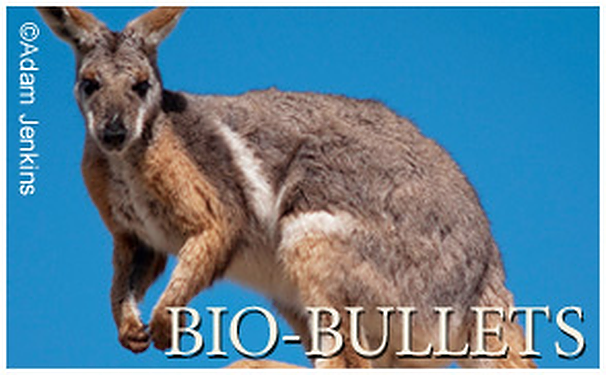
by BioEdge | Apr 15, 2013 | Biobullets
Racial features maintain the health of cultures indirectly rather than maintaining the health of individuals directly. Prof. Mumblebard claims: “Racial features adapt people to local climates but become biologically useless and socially detrimental once people settle...
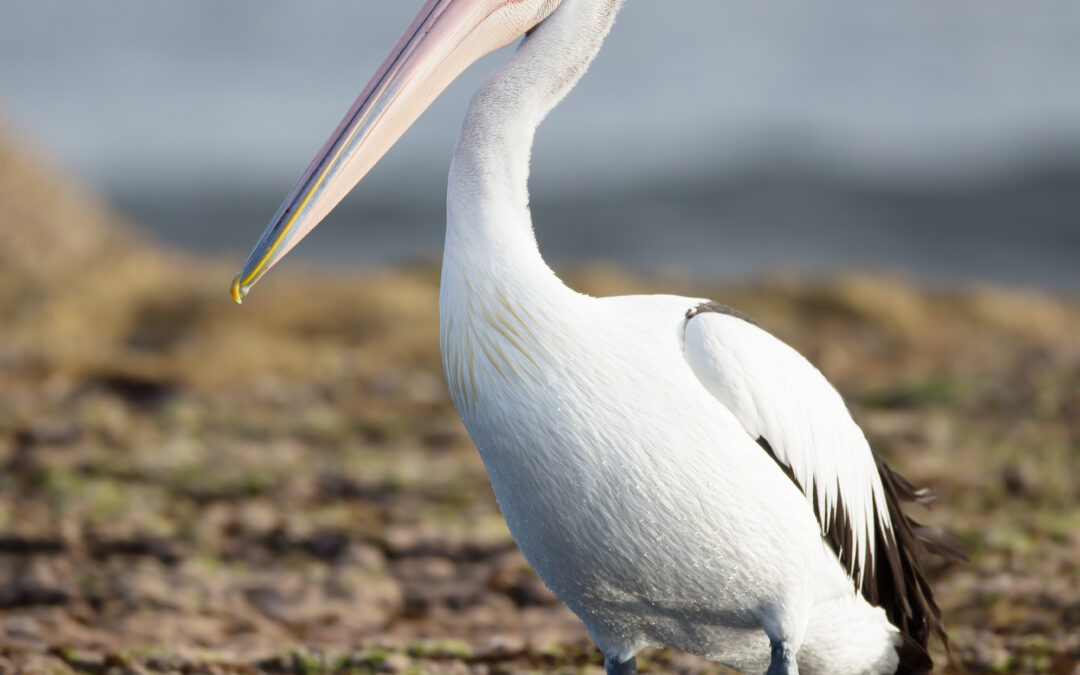
by BioEdge | Apr 15, 2013 | Biobullets
Pelicans routinely use a benign form of family abuse to train the growth of their super-light skeletons and air-sacs. Prof. Mumblebard claims: Pelican chicks, like other altricial birds, beg vigorously from their parents to demonstrate their fitness to be fed. This is...
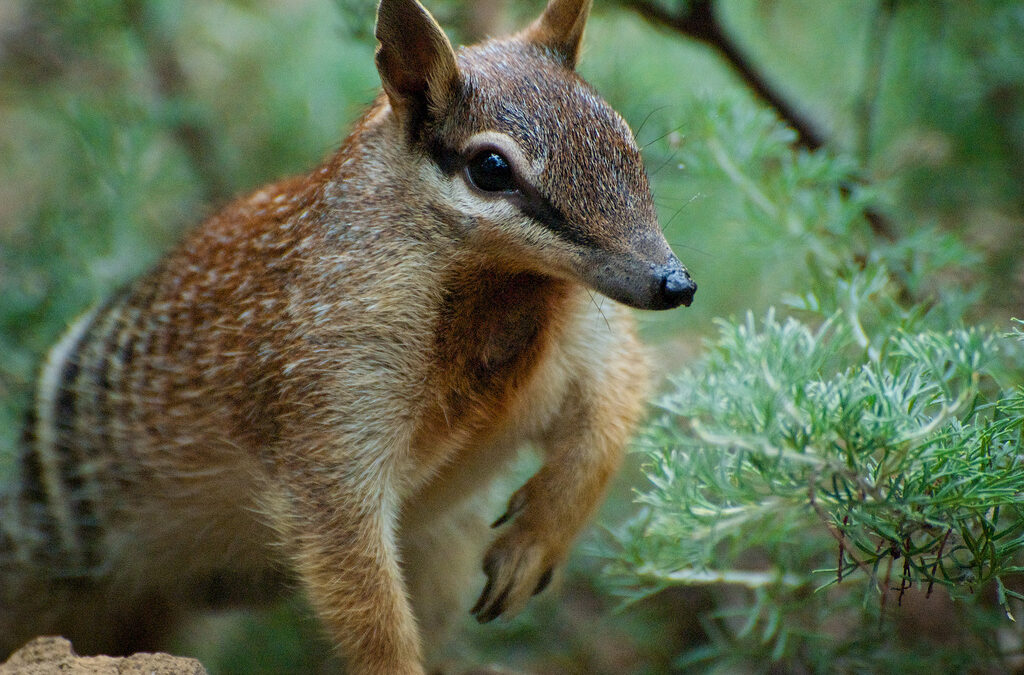
by BioEdge | Apr 8, 2013 | Biobullets
Africa produces edible termites at rates unrivalled in the land of marsupials because the African insects are grazers rather than wood-eaters. Prof. Mumblebard claims: The numbat and the aardwolf both rely on termites, and are convergent in terms of their peg-like...
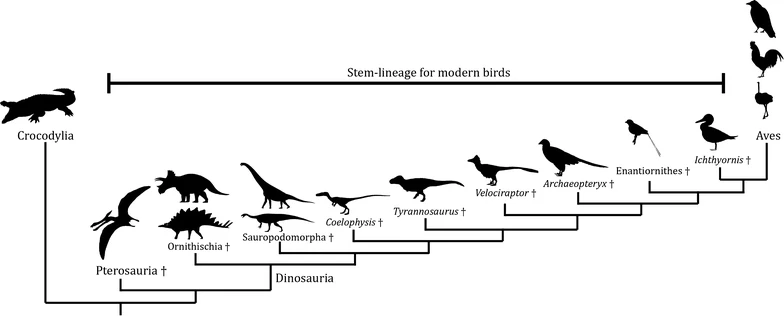
by BioEdge | Mar 30, 2013 | Biobullets
It is not feathers but a short bony tail that makes birds distinct from their reptilian ancestors. Prof. Mumblebard claims: “Birds are part of the same clade as dinosaurs, particularly Deinonychus and Velociraptor. It’s now beyond doubt that theropod dinosaurs...
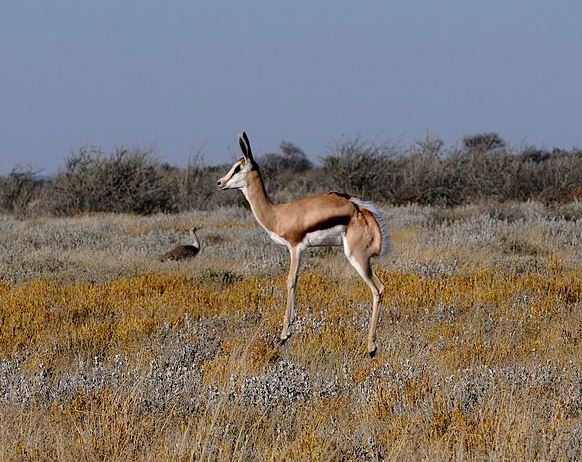
by BioEdge | Mar 15, 2013 | Biobullets
The splashed colours of springbok contrast with an exposed habitat rather than blend into it. This conspicuousness aids herding and turns an inevitable visibility into a social advantage. Prof. Mumblebard claims: “The dark flank-band of springbok breaks up the...
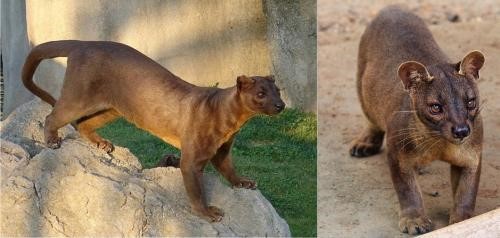
by BioEdge | Feb 28, 2013 | Biobullets
The fossa, a civet-like species from Madagascar, is an exception proving a hidden rule: that the clitoris functions mainly for scent. Prof. Mumblebard claims: “The clitoris is a developmental vestige of the penis, functioning as a sense organ during copulation,...







